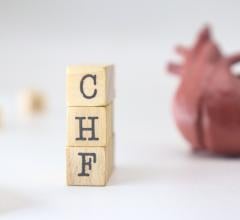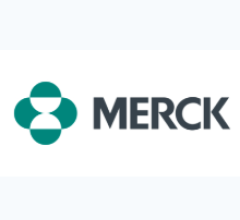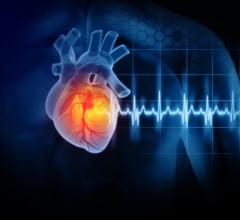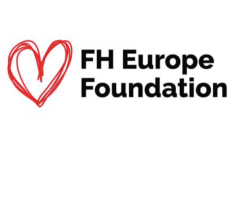
The researchers classified the different headaches experienced by both groups in the year before arrival at a hospital. Image credit: UrFU / Polina Pogrebitskaya.
March 25, 2022 – Scientists at the Ural State Medical University, the Ural Federal University, and the University of Copenhagen have developed new criteria for diagnosing headaches arising from ischemic stroke. It will help to predict, prevent, promptly identify and treat this dangerous pathology in a timely manner. The description of the study was published in The Journal of Headache and Pain.
Ischemic stroke (or brain infarction) occurs due to vascular, heart or blood disease, due to impaired cerebral circulation, results in damage to brain tissue due to infarction formation and is one of the most common causes of disability and death in humans. A headache (in the first case, when the pain appears three to four days before the stroke, it is called a watchdog headache) may signal an impending or an eventual stroke. Therefore, accurate determination of the relationship between headache and stroke is critical to its prevention and effective treatment.
The problem is that ischemic stroke-related headache is diagnosed primarily by expert judgment based on small samples of patients rather than published clinical evidence from extensive observational studies. Criteria by which to diagnose sentinel headache have not yet existed.
To determine clear, clinically valid symptoms of specific headache associated with ischemic stroke, researchers observed two groups of patients - those with a first stroke and those without any acute neurological disorders or severe disorders (stroke, brain tumor and trauma, epilepsy, dementia and other serious neurological and somatic diseases). The first group consisted of 550 people; the second, control group, consisted of 192 people.
The researchers classified the different headaches experienced by both groups in the year before arrival at a hospital, as well as a week before the stroke and on the day of the stroke. Three types of headaches were distinguished: headaches familiar to patients; headaches that had never been experienced before (new-type headaches); and headaches with changed characteristics (severe intensity, high frequency, duration, becoming pulsating, accompanied by nausea, vomiting, light- and sound-phobia, and poorly responded to analgesics).
New-type headaches and headaches with altered characteristics predominated in stroke patients: about 15% of such patients experienced headaches in the last week before the stroke and another 15% at the beginning of the stroke.
“Patients in the control group were mostly admitted to the emergency room because of pain syndromes, most often experiencing acute pain caused by lumbago or pancreatitis. It is known that these disorders can lead to an increased frequency of headaches, for example, due to excessive use of pain medication. However, researchers have not observed such an effect, suggesting that the prevalence of headaches in patients with stroke is related to the stroke itself. Therefore, we proceeded from the fact that the more headaches in patients from the main group differ from the usual and the shorter the period between the onset of such pain and the onset of stroke, the more likely their causal relationship,” said head of the research group professor at the Ural State Medical University Elena Lebedeva.
The results of the studies showed that about 55% of the examinees from the first group experienced new-type headaches, and another 35% experienced familiar headaches with noticeable changes. At the same time, no participant in the control group experienced unfamiliar headaches, and only two had headaches with altered characteristics on admission to the hospital.
The findings made it possible, first, to verify the accuracy of the existing diagnostic criteria for stroke-related headaches presented in the International Classification of Headaches.
“It turned out that only 60% of headaches occurring at the onset of stroke met these diagnostic criteria. This meant that the criteria may need to be revised,” said associate professor at the Ural Federal University Denis Gilev.
Second, Elena Lebedeva and another co-author, professor at Copenhagen University Jes Olesen, who is the founder of the International Classification of Headaches, modernized the existing criteria of headaches associated with stroke and developed new ones. For the first time in the world, they developed criteria for sentinel headache, which, as studies have shown, preceded the onset of stroke in one-third of patients.
“We managed to create new, clear criteria, using which it is possible to judge from the character of a headache about an approaching or occurred stroke. In our opinion, both sets of criteria should be used in future editions of the International Headache Classification,” concludes Elena Lebedeva.
For more information: https://thejournalofheadacheandpain.biomedcentral.com/

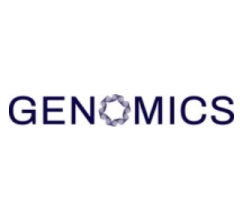
 November 12, 2025
November 12, 2025 
